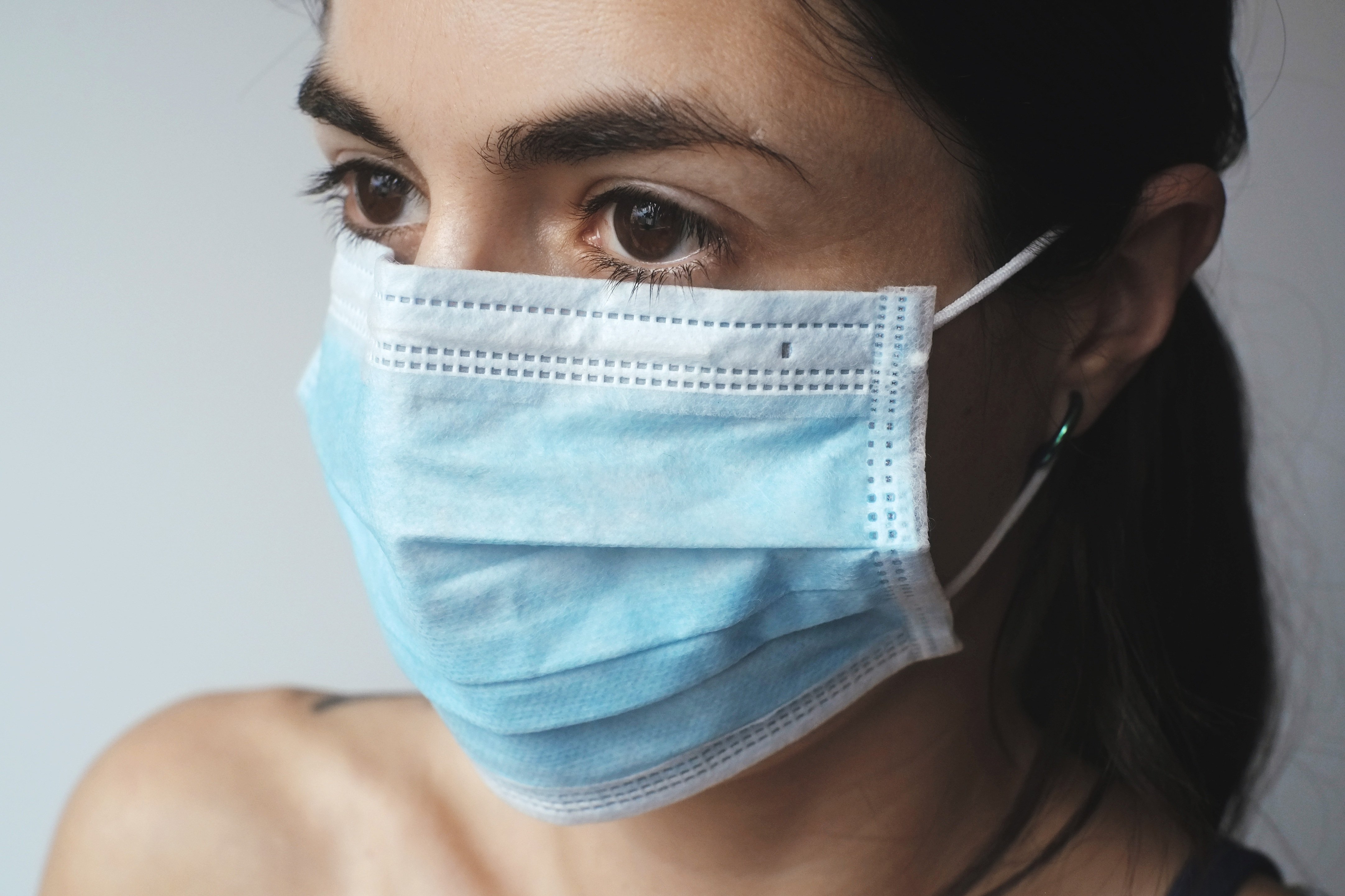How 5G can help combat COVID-19
A new whitepaper shows how 5G can and is being harnessed to improve public health systems.

In collaboration with Chinese tech giant, Huawei, advisory and audit firm, Deloitte, have published a new whitepaper – 'Combating COVID-19 with 5G: Opportunities to improve public health systems'.
The companies analysed examples of COVID-19 control and treatment in China, in order to then ascertain the data demands of different stakeholders during major public emergencies. Additionally, the paper discusses how key features of 5G, such as high speed connection, large arrays of connection points, low latency and expansive data bandwidth, can synergize with big data, AI, and the Cloud technologies.
"Enhance the effectiveness of pandemic prevention and treatment."
Deloitte report.
“Together, these technologies can enhance the effectiveness of pandemic prevention and treatment, and drive the digital transformation of healthcare systems in response to major public emergencies,” stated the report.
Indeed, the coronavirus outbreak in China has served to highlight the role that 5G can play in epidemic control and the new study highlights how 5G thermal imaging supports contagion monitoring.
5G thermal imaging
“Accurately monitor a moving object's temperatures in real-time without contact.”
Deloitte report.
Discussing the merits of 5G thermal imaging, the report said: “It can accurately monitor a moving object's temperatures in real-time without contact and, issue abnormal temperature alerts. Through 5G networks, the data collected by terminals can be sent to central monitoring units and shared to the Cloud in real time with no lag. This enables 24-7 online public temperature monitoring, imaging and travel and contact history tracking when needed.“
5G thermal imaging temperature monitoring systems have been widely deployed across China since the COVID-19 outbreak, especially in crowded places like airports, train stations and other transport hubs. “They have significantly increased the efficiency of monitoring body temperature across a moving crowd to reduce the risk of virus exposure. As a wave of people returned to work, large volumes of travel were expected, and 5G+ thermal imaging could be promoted to drive the digitalization of virus outbreak control,” said the report.
Remote monitoring and diagnosis
The report also demonstrated how 5G enables continuous remote monitoring and diagnosis during patient transfer. “Benefiting from 5G networks' fast data load speeds of over 100Mbps, SMART ambulances with 4K HD monitoring systems can send videos and transmit medical data to command centres in real time, allowing support staff to communicate with ambulance crews,” the whitepaper reads.
SIGN UP FOR E-MAIL NEWSLETTERS
Get up to speed with 5G, and discover the latest deals, news, and insight!
“Transforms the medical emergency response model."
Deloitte report.
The report says that a command centre can initiate diagnosis conferences with experts and ambulance crews for emergency response, ensuring a patient's smooth transition from the ambulance to hospital. “This combination of 5G network and 4K SMART ambulances transforms the medical emergency response model: it digitalises its operation, from mobilising treatment to data collection and real time communication, improving treatment efficiency and effectiveness.”
5G remote consultation
Since the coronavirus outbreak began, 5G remote consultation has had clinical trials in multiple locations, including at Wuhan Union Hospital. Here, a 5G remote consultation platform is hosting daily appointments with patients in different campuses, enabling them to connect with experts at leading medical institutions.
“With advances in technology, medical imaging has become an important method of diagnosis. Picture Archiving and Communication Systems are at the core of the 5G SMART healthcare ecosystem. When combined with 5G networks, advanced big data analytics and AI, they can automate analysis models and machine learning, greatly reducing the time required and manual work involved,” reads the report.
The report highlights an effective remote imaging pilot program at Wuhan Leishenshan Hospital – a temporary facility built exclusively for COVID-19 patients, where doctors from Chinese PLA General Hospital have performed B-scans of quarantined patients in Wuhan via 5G platforms.
5G SMART medical robots
The whitepaper also discussed using 5G SMART medical robots to help care for quarantined patients. “Medical robots developed for the 5G environment could undertake routine tasks like floor checkups, cleaning and sanitation and medicine delivery, to improve efficiency and safety in quarantine areas. More importantly, they can free up valuable human resources from repetitive work so they can be deployed to value-added tasks including complex care for critical cases,” it summarised.

Rachael is a British journalist with 17 years experience in the publishing industry. Since launching www.digitalcameraworld.com, she’s been freelancing, and working for some of the world’s best-loved websites and magazines including T3.com and TechRadar.com and has also had a book, iPad for Photographers, published. A regular contributor at 5Gradar, Rachael is following the 5G market closely. Find out more at www.rachaelsharpe.com

